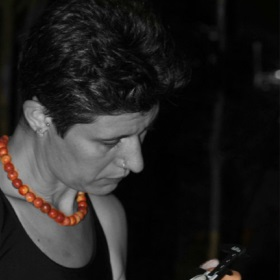Advances in Diversity, Conservation, and Taxonomy of Madagascar’s Amphibians and Reptiles - Feature Issue of the Section Herpetology
A special issue of Animals (ISSN 2076-2615). This special issue belongs to the section "Herpetology".
Deadline for manuscript submissions: closed (30 June 2023) | Viewed by 13776
Special Issue Editors
Interests: amphibians; reptiles; taxonomy; ecology; tropical biodiversity; longevity; conservation; Madagascar
Interests: amphibians; reptiles; Madagascar; Europe; taxonomy; systematic; evolutionary genetic; evolutionary genomic; natural history
Interests: amphibians; evolutionary biology; evolutionary genetics; Madagascar; natural history systematic; reptiles; taxonomy
Interests: amphibians; biogeography; ecology; evolutionary genetics; reptiles; systematics
Special Issue Information
Dear Colleagues,
Madagascar, the fourth largest island in the world, is characterized by high levels of endemicity. This is particularly evident among amphibians and reptiles, which both show a conspicuous diversity. The herpetological research carried out in recent decades has allowed a significant increase in species knowledge, and new species are continuously being described from the island. Rampant deforestation and increasing habitat loss have led to a significant shrinkage of the available natural areas. As a result, several species of both amphibians and reptiles (including newly described species) are currently classified within the most highly threatened categories of the IUCN red listing. This Special Issue aims to provide a platform to showcase research and conservation on Malagasy amphibians and reptiles. With this set of contributions, we also aim to highlight how taxonomic research and field explorations continue to play a key role in describing this unique diversity, in order to better understand the origin and historical factors that explain the current distribution pattern of Malagasy biodiversity. Authors are invited to contribute original manuscripts and reviews that focus on the description of new taxa or on the survey of protected or unprotected areas, or that show how amphibians and reptiles are currently responding to increasing levels of habitat alteration.
Dr. Franco Andreone
Dr. Angelica Crottini
Dr. Andolalao Rakotoarison
Guest Editors
Fandresena Rakotoarimalala
Guest Editor Assistant
Manuscript Submission Information
Manuscripts should be submitted online at www.mdpi.com by registering and logging in to this website. Once you are registered, click here to go to the submission form. Manuscripts can be submitted until the deadline. All submissions that pass pre-check are peer-reviewed. Accepted papers will be published continuously in the journal (as soon as accepted) and will be listed together on the special issue website. Research articles, review articles as well as short communications are invited. For planned papers, a title and short abstract (about 100 words) can be sent to the Editorial Office for announcement on this website.
Submitted manuscripts should not have been published previously, nor be under consideration for publication elsewhere (except conference proceedings papers). All manuscripts are thoroughly refereed through a single-blind peer-review process. A guide for authors and other relevant information for submission of manuscripts is available on the Instructions for Authors page. Animals is an international peer-reviewed open access semimonthly journal published by MDPI.
Please visit the Instructions for Authors page before submitting a manuscript. The Article Processing Charge (APC) for publication in this Special Issue is completely waived (0 CHF, Swiss Francs). Submitted papers should be well formatted and use good English. Authors may use MDPI's English editing service prior to publication or during author revisions.
Keywords
- Madagascar
- biodiversity
- amphibians
- reptiles
- endemicity
- conservation









